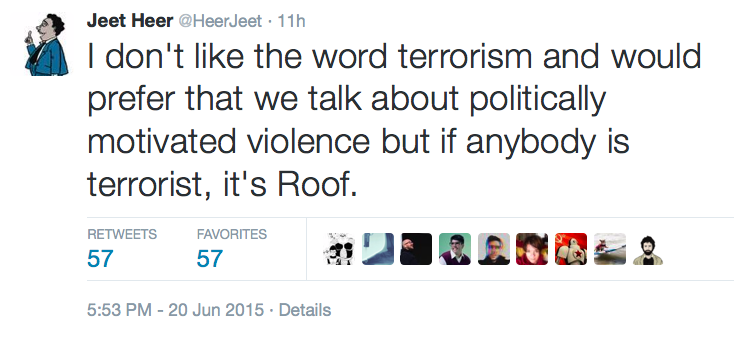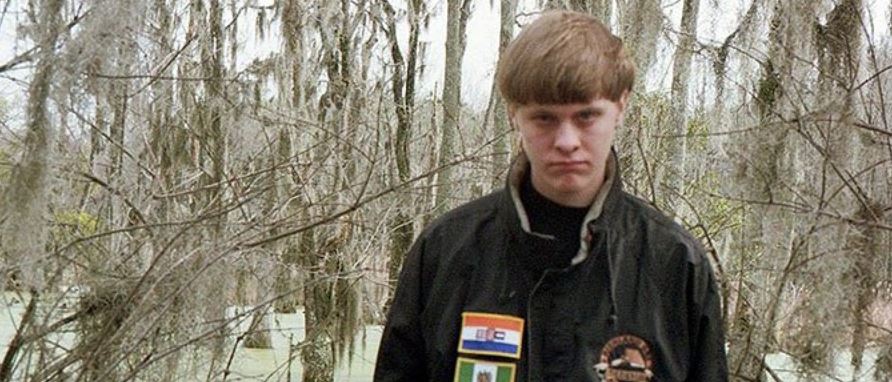
As a quick following-up to this morning’s earlier post on how quickly we tend to conclude, but only in some cases, that certain gunmen in mass shootings are “lone wolves” (whose actions couldn’t be anticipated), it occurred to me that there’s a largely unseen ramification to attributing individual, psychological motives to the actions of white guys as opposed to the ease with which many of us seem to attribute planned, political motives to pretty much everyone else who does something heinous. Continue reading “Taking the Popular Wisdom Seriously is a Little Disturbing, No?”



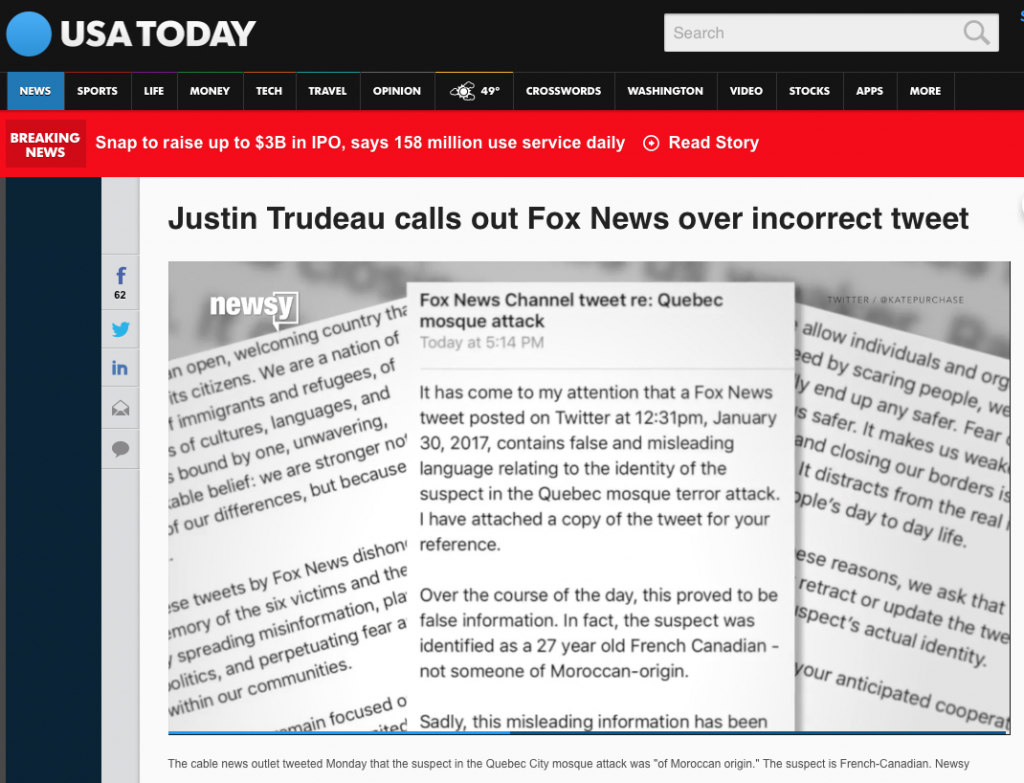



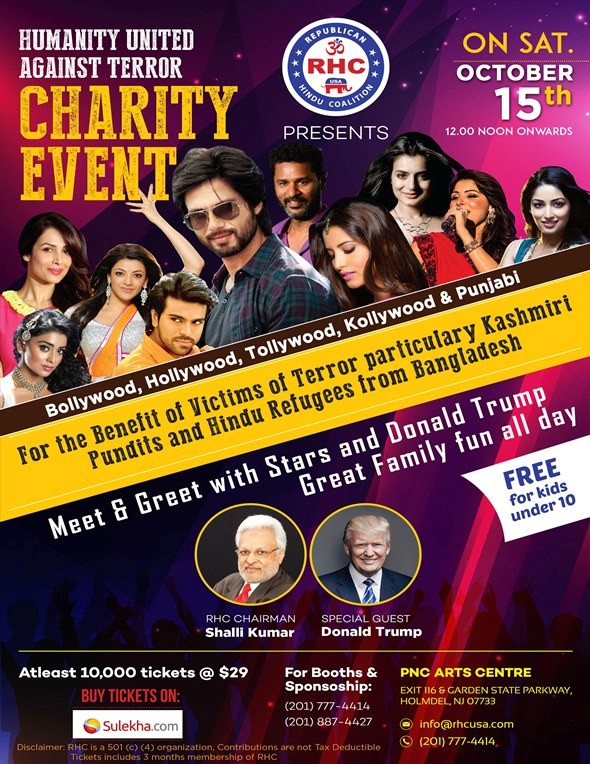 A New Jersey fundraiser last weekend titled “Humanity United Against Terror” provides an excellent example of one of the tricks of building cooperation. The Republican Hindu Coalition organized the event that featured Bollywood stars and an address by Donald Trump. The event had a range of
A New Jersey fundraiser last weekend titled “Humanity United Against Terror” provides an excellent example of one of the tricks of building cooperation. The Republican Hindu Coalition organized the event that featured Bollywood stars and an address by Donald Trump. The event had a range of 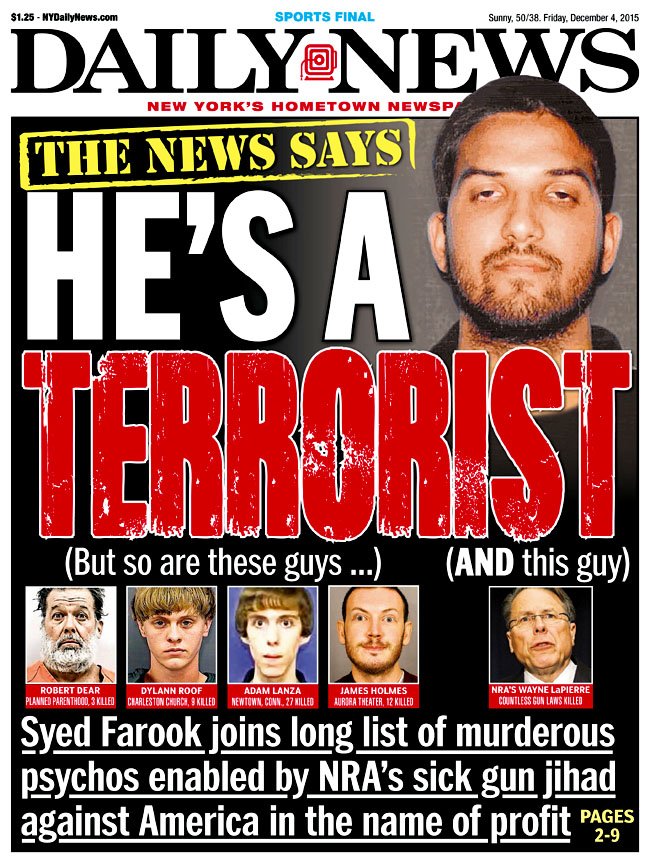 Robert Dear’s attack on the Planned Parenthood clinic in Colorado Springs just over a week ago and the shooting in San Bernardino last week have brought the question of who is identified as a terrorist back into the limelight. Lots of people have highlighted how the
Robert Dear’s attack on the Planned Parenthood clinic in Colorado Springs just over a week ago and the shooting in San Bernardino last week have brought the question of who is identified as a terrorist back into the limelight. Lots of people have highlighted how the  Are you following the reactions online to the
Are you following the reactions online to the 
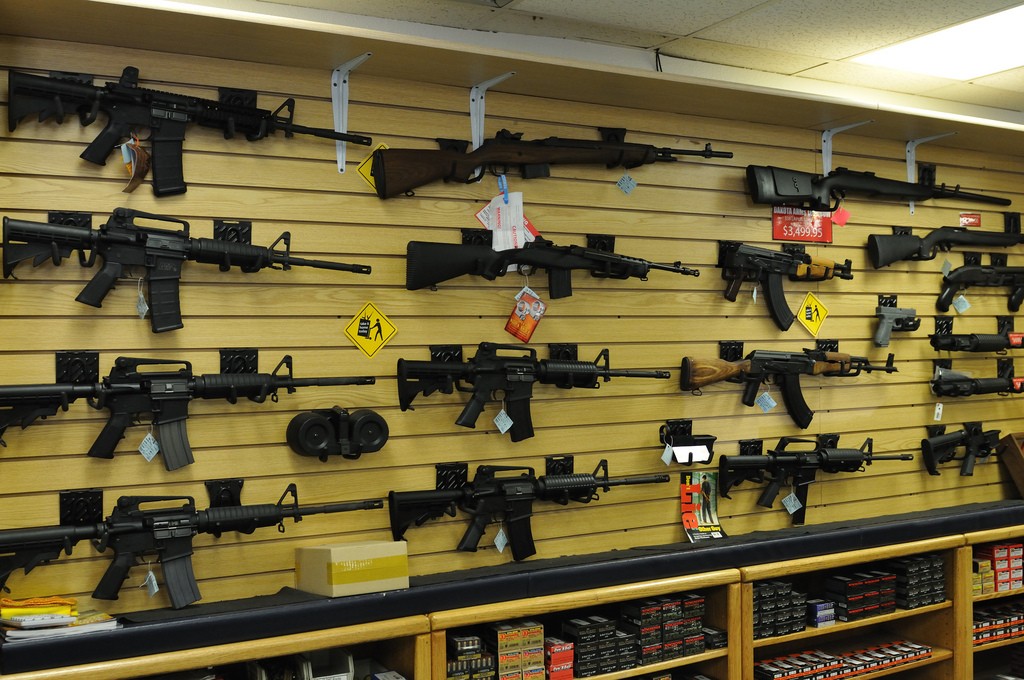 With discourses surrounding terrorism and gun violence, which have become prominent again in the wake of Charleston and Chattanooga, people want to find patterns that illustrate the source of the threats of violence. Looking for these patterns, people engage in an act of comparison, which, as we have discussed on this blog previously, is more about the person constructing the comparison than some reality outside of him/her. For example, I have seen various social media posts recently that include lists of acts of violence, ranging from 9/11 and the storming of the US Embassy in Iran to the Chattanooga shootings, all attributed to people who identified as Muslims. While these posts appear to be direct descriptions of reality, they reflect the choices of the creator of the list as to which acts of violence to include and which identifications to include.
With discourses surrounding terrorism and gun violence, which have become prominent again in the wake of Charleston and Chattanooga, people want to find patterns that illustrate the source of the threats of violence. Looking for these patterns, people engage in an act of comparison, which, as we have discussed on this blog previously, is more about the person constructing the comparison than some reality outside of him/her. For example, I have seen various social media posts recently that include lists of acts of violence, ranging from 9/11 and the storming of the US Embassy in Iran to the Chattanooga shootings, all attributed to people who identified as Muslims. While these posts appear to be direct descriptions of reality, they reflect the choices of the creator of the list as to which acts of violence to include and which identifications to include. 